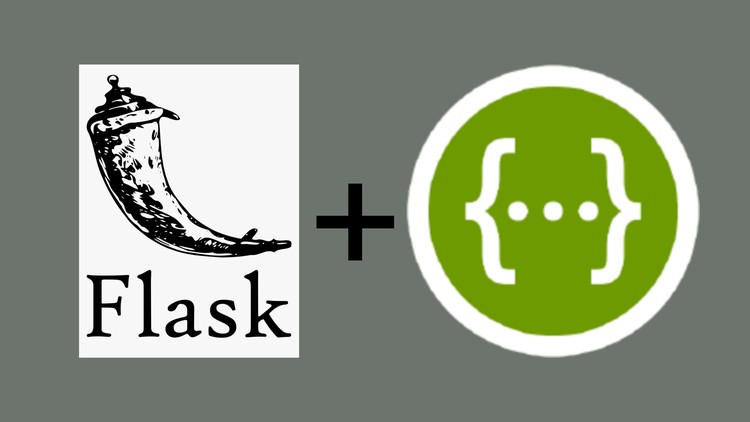
Learn how to create web applications using Flask and document them using Swagger
What you will learn
Flask Basic to Swagger documentation, that is beginner to professional
This Udemy course covers the basics of Flask, a micro web framework for Python, and takes you to the advanced level of using Swagger documentation
Starting with the basics of Flask, this course will teach you how to set up a Flask environment, create your first web application, to ending up the adv project
Starting with the basics of Flask, this course will teach you how to set up a Flask environment, create your first web application,
By the end of this course, you will have a solid understanding of Flask, and be able to create and document web applications using Swagger.
100% Support for instructor
Code will be provide
Description
Learn how to create web applications using Flask and document them using Swagger in this comprehensive course. This course is designed for beginners who have little to no experience with Flask and want to learn how to create web applications using this microweb framework. It is also suitable for experienced developers looking to expand their skills and learn how to use Swagger to document their Flask applications.
We will start by teaching you the basics of Flask and how to set up a development environment. Then, we will guide you through the process of creating a simple web application and using templates and routing to create dynamic web pages.
As you progress through the course, we will delve deeper into the advanced features of Flask, such as database integration, user authentication, and error handling. You will also learn how to deploy your web application to a live server so that it can be accessed by the public.
You will learn how to use Swagger to document your API endpoints, input and output parameters, and responses. You will also learn how to customize the appearance of the Swagger UI and add additional functionality.
By the end of the course, you will have a solid understanding of how to create web applications using Flask and how to document them using Swagger. You will also have the skills to create a dynamic and fully functional web application and be able to test and deploy it to a live server.
Content